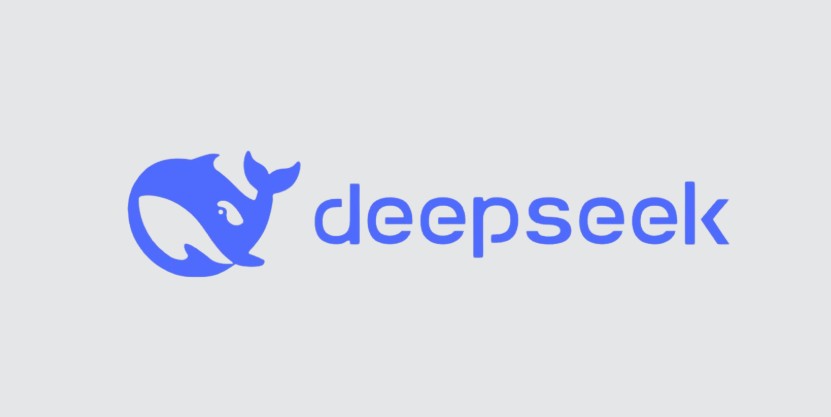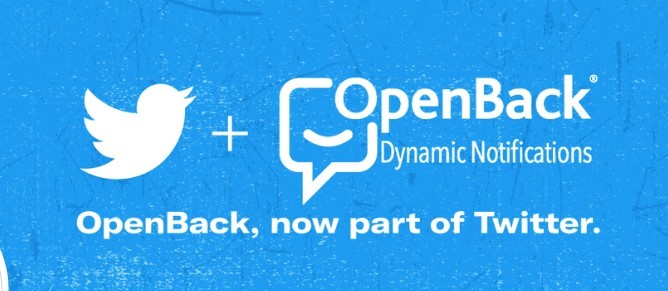January 29, 2025: In the fast-evolving world of artificial intelligence, startups are increasingly seeking tools that balance affordability, adaptability, and performance. While OpenAI’s models like GPT-4 have dominated headlines, a new contender—DeepSeek—is gaining traction for its unique value proposition. This article explores how DeepSeek outshines other OpenAI models in critical areas and why it’s becoming the go-to AI tool for startups aiming to innovate on a budget.
Section 1: How DeepSeek Outperforms OpenAI Models
- Cost Efficiency: A Startup’s Best Friend
Startups operate on tight budgets, and the Chinese startup pricing model is designed to scale with growth. Unlike OpenAI’s pay-per-token structure, DeepSeek offers tiered subscriptions and enterprise discounts, reducing overhead for early-stage companies. For example, its “Pay-As-You-Grow” plan allows startups to start small and expand usage without financial strain.
- Customization & Flexibility
While OpenAI’s models are powerful, they’re often criticized for being “black boxes.” Chinese startup AI Model, however, provides startups with fine-tuning capabilities and industry-specific modules (e.g., healthcare, fintech, e-commerce). This adaptability lets businesses tailor outputs to their niche, a critical advantage over generic OpenAI solutions.
- Speed & Latency
In A/B tests, Chinese startup AI Model demonstrates 20–30% faster inference times compared to OpenAI’s GPT-3.5, making it ideal for real-time applications like chatbots or dynamic pricing engines. Lower latency means better user experiences—a must for startups competing in crowded markets.
- Data Privacy & Compliance
Chinese startup AI Model hybrid cloud architecture allows startups to deploy models on-premises or via private clouds, addressing data sovereignty concerns. OpenAI’s reliance on public APIs can be a compliance hurdle for industries like healthcare or finance.
Section 2: Why Should You Bet on DeepSeek
- Affordable Innovation
Case Study: This tool has the potential to reduce monthly AI costs considerably, if one choose to try shifting from OpenAI to DeepSeek, reallocating savings to product development.
- Vertical-Specific Solutions
Chinese startup AI Model pre-trained models for sectors like logistics (route optimization) or edtech (personalized learning) eliminate the need for startups to build from scratch.
- Developer-Friendly Ecosystem
With comprehensive SDKs, no-code integrations, and a responsive support team, Chinese startup AI Model lowers the barrier to entry for non-technical founders.
Section 3: Limitations & When OpenAI Still Wins
While Chinese startup AI Model excels in affordability and customization, OpenAI’s GPT-4 retains an edge in creative tasks (e.g., storytelling, ideation) and global language support. Startups requiring multilingual capabilities or avant-garde creative outputs may still lean on OpenAI.
Section 4: The Future of AI for Startups
Chinese startup AI Model roadmap includes “AI-as-a-Service” partnerships with AWS and Azure, democratizing access to advanced machine learning. As the startup ecosystem prioritizes lean operations, tools like DeepSeek will fuel the next wave of innovation.
FAQs
Q: Is DeepSeek better than OpenAI for startups?
A: Yes, for cost-sensitive startups needing tailored solutions, Chinese startup AI Model offers superior affordability and vertical-specific customization.
Q: Can DeepSeek handle creative tasks like OpenAI?
A: While capable, OpenAI’s GPT-4 still leads in purely creative domains. DeepSeek excels in structured, industry-focused applications.
Q: How does DeepSeek ensure data security?
A: Its hybrid cloud model allows on-premises deployment, ideal for startups handling sensitive data.
For startups, the AI tool of choice isn’t about raw power—it’s about aligning with business goals. Chinese startup AI Model blend of affordability, customization, and speed makes it a compelling alternative to OpenAI, particularly for niche-driven ventures. As the AI arms race heats up, DeepSeek is proving that sometimes, the underdog truly does bite back.






